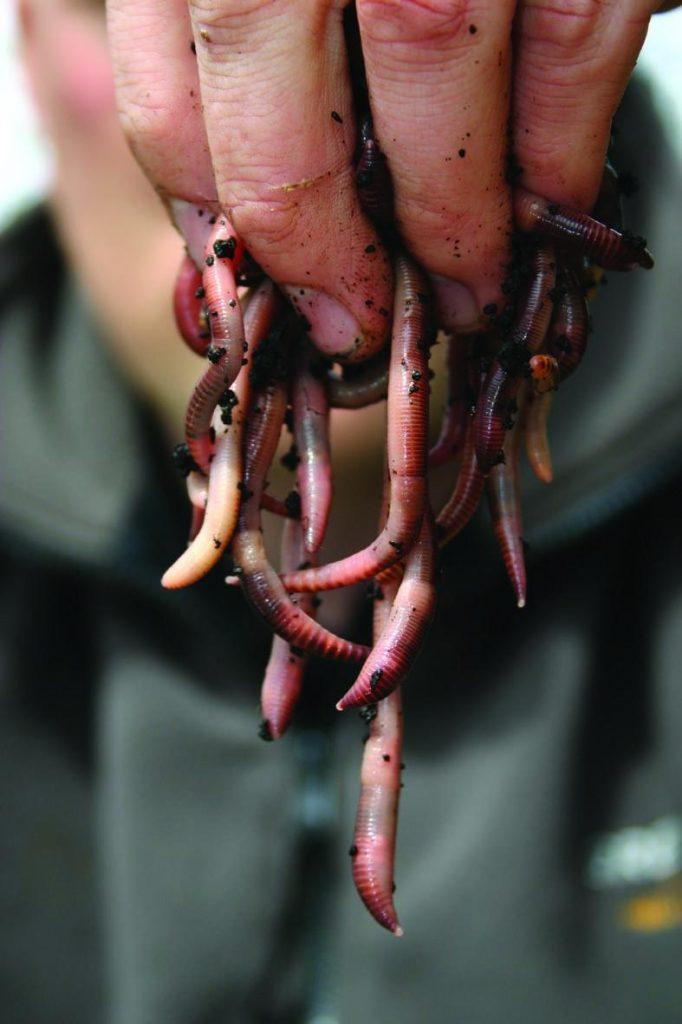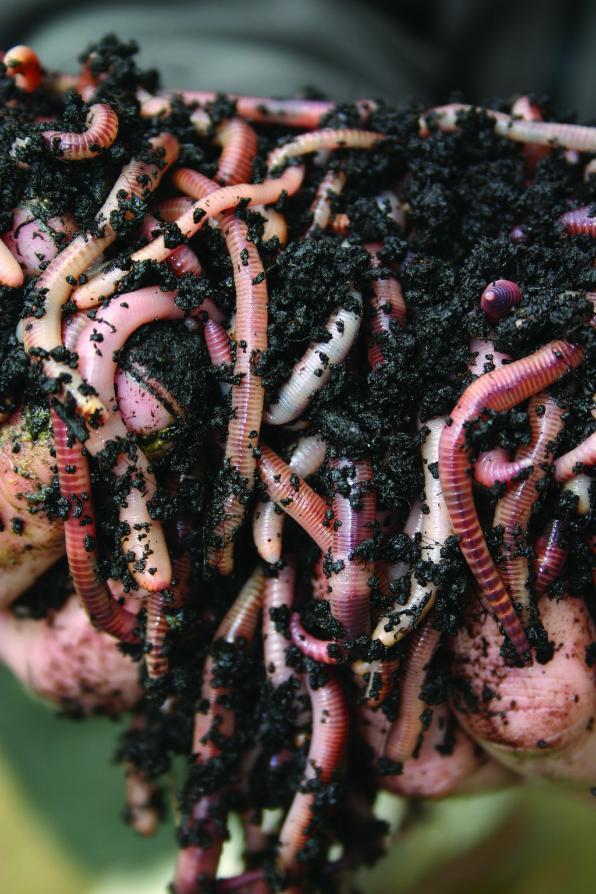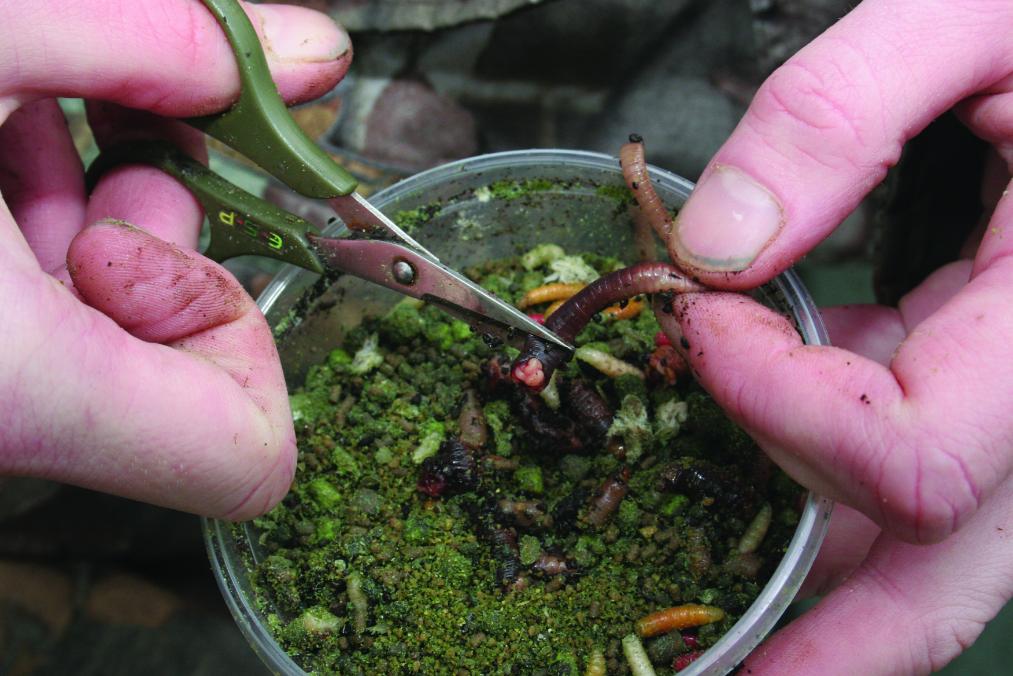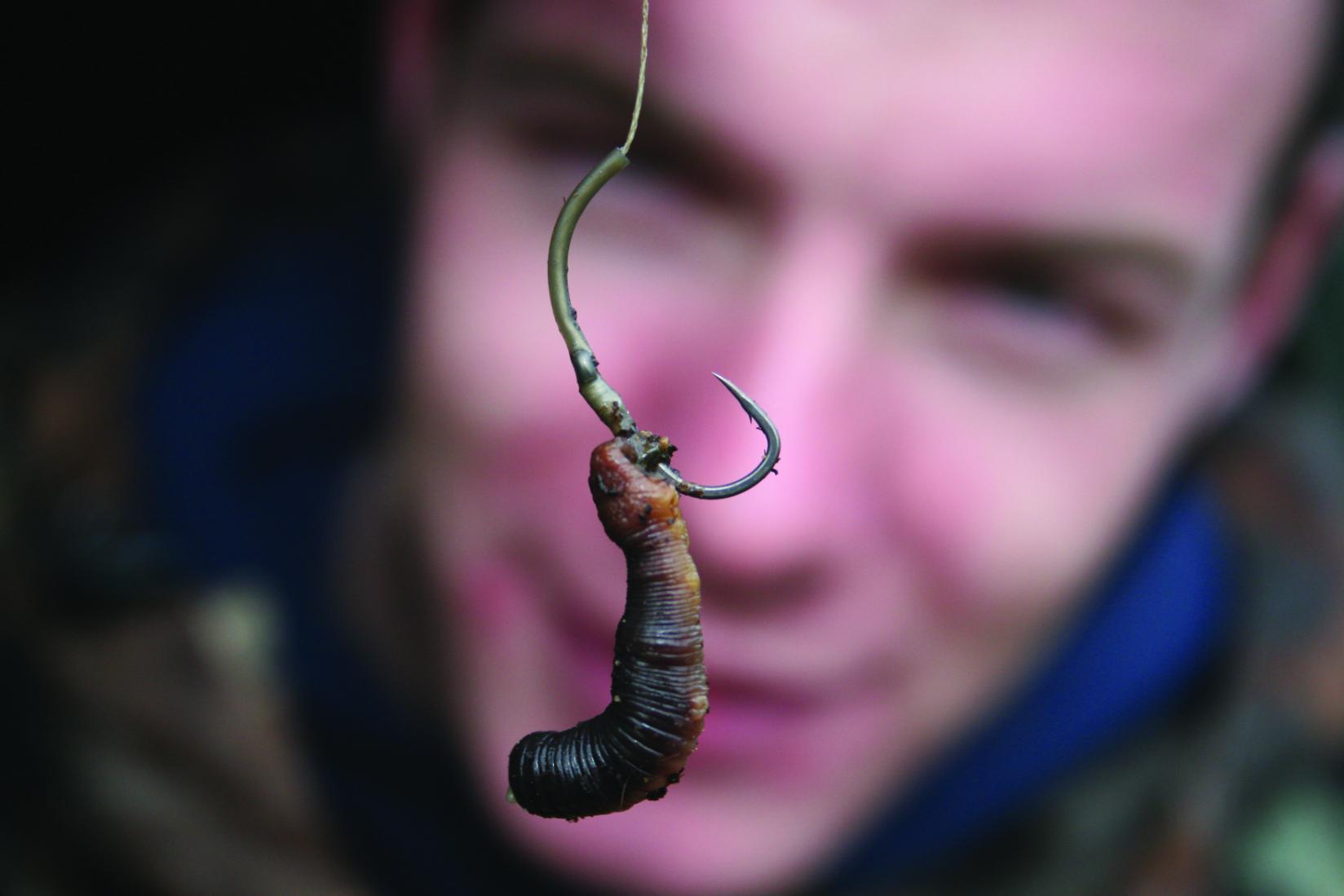Carp fishing with worms. Are they any good?
In a word, yes. Carp find worms irresistible, and their use can be absolutely devastating. Worms have a distinctive aroma and ooze natural attractors and amino acids that man-made baits simply cannot compete with. While they might not smell sweet and delicious like your favourite pop-ups, carp can sense the “eat me” signals from far and wide. It’s no wonder they’re so popular with carp match anglers.

Worms can catch fish when other baits aren’t working. During those times when it’s a real struggle to get a bite, worms are the bait that can rescue a session and catch a carp when nothing else will. They’re also very versatile and can be used on their own or in conjunction with other baits. They work as single hookbaits or over a bed of bait and can be used on the hook or merely as a background attractor. Carp fishing with worms can be used in a multitude of situations and on a wide variety of venues. They’ll definitely help you achieve big hits, and they can also catch you a big one.
What types of worms are best for carp fishing?
There are more than 25 species of worms native to the UK. Of the two that are readily available for use as bait, Dendrobaena are the smaller and come in different sizes, while the king of worms, the lobworm, is the biggest native species and is also bred commercially. Brandlings, redworms, and black-headed worms also make great bait if you can get hold of them. Dendrobaena will cost you £20 to £25 per kilo (around 400 worms), while lobworms are sold by number, with 100 costing a similar amount.
How to store worms
Worms are a relatively expensive bait, but their potency means a little goes a long way. Those willing to put in the effort can use them without spending a fortune. A well-kept compost heap or wormery will yield a regular supply of redworms, Dendrobaena, and brandlings, while lobworms can be found sheltering under stones or collected from lawns in damp conditions.
Kept in rich soil or moss, worms will last a considerable time, but make sure you remove any that are dead or damaged, as the rest will die very quickly. Store them in a container that can breathe, such as a maggot box, and keep them in good condition with some shreds of wet newspaper, cardboard, moss, dead leaves, or peat. A bucket with a pierced lid will be required for longer-term storage, and some vegetable peelings should be added for feed. Keep them in a cool, dark place, but not the fridge, as it is a bit too cold. Lobworms are similar but need to be kept a bit cooler, around 6°C.

Is is best to fish with worms for carp in winter?
A worm-only approach is probably best kept for winter due to their cost and the way they attract a whole host of species. Bream and tench will clear you out in no time if you use pure worm in warmer conditions. Cold water can make it very difficult to catch carp, so when the bites dry up, it’s time to get the worms out.
However, worms will do the business at any time of year, so it doesn’t mean that you can’t utilise their qualities throughout the seasons. Lesser quantities can form an important element of your baiting scenario and enhance your chances of success whenever you like.
What are the best rigs to use when fishing for carp with worms?
You’ll be fishing on the deck, so a clean bottom is preferable, with silt, clay, sand, and gravel all good areas. Rig-wise, you’ve got a few options. A basic hair rig, blowback, or slip D are all suitable. Any standard bottom bait rig will work nicely as long as it incorporates a hair. Feel free to employ a kicker or line aligner to help with the mechanics. A fat, juicy lobworm or several smaller worms are a big mouthful, so there is no need to drop below a size 4 or 6 hook. The big bait requires a longer than usual hair, especially as we’re going through the worms several times.

Worms wriggle, and a normal boilie stop won’t be sufficient to keep them on the hair, so you’ll need a buffer of some sort. We’d recommend rubber casters as they are a similar shade to worms. Thread one onto your hair, followed by your worms. Lobworms will be used singly if they’re really big or in pairs or threes, while Dendrobaena, being smaller, are better in multiples of three or four. Each worm will be folded and passed through twice or three times for big lobs. Cap them off with another rubber caster, followed by your hair stop, and you’ve got a great big gobful that any carp will find hard to ignore. For a more discreet version, try snipping your lobworm into ½” pieces and threading them on the hair like a worm kebab.
Alternatively, smaller worms can be fished in conjunction with a little wafter and tied off medusa style. The benefit of this is that you’ll still have a viable hookbait in place should silver fish nibble the worms away. A single lobworm, either directly on the hook or on a hair, makes a superb stalking bait and, when freelined, will sometimes be taken on the drop if lowered close to a carp. You can even use a big, fat, juicy worm as a single hookbait. Make sure you pierce it several times to allow the feed-inducing juices to leak off.
How to bait up with worms
Using just worms as free bait is pretty simple. For them to be at their most attractive, we need the worms’ juices to penetrate the water column. The way to do this is to chop them up into little pieces. Although your rig scissors will do the job, it’s much more efficient with a pair of multi-bladed worm scissors. The soil that worms are supplied with contains loads of wormy attraction and will act as a binder, so this goes in too. You’ll need a spomb to introduce them, with a small one being preferable as it’s rarely necessary to use much.

chop up worms to release natural attraction into the water
To enhance your normal bait with worms’ pulling power, you can either do the above and add a few spombs over the top of your baiting scenario or add them into the spod mix. A blend of corn, pellets, chopped boilie, and chopped worm (including soil) will give you plenty of hookbait options as well as making a tempting carpet which leaks out lots of food signals, including lots of magic worm juice.
There will be plenty of times when it simply isn’t necessary to employ worms, but when it’s difficult to get a bite, you’re on a very busy venue and need an advantage, or when it really matters… get on the worms!
